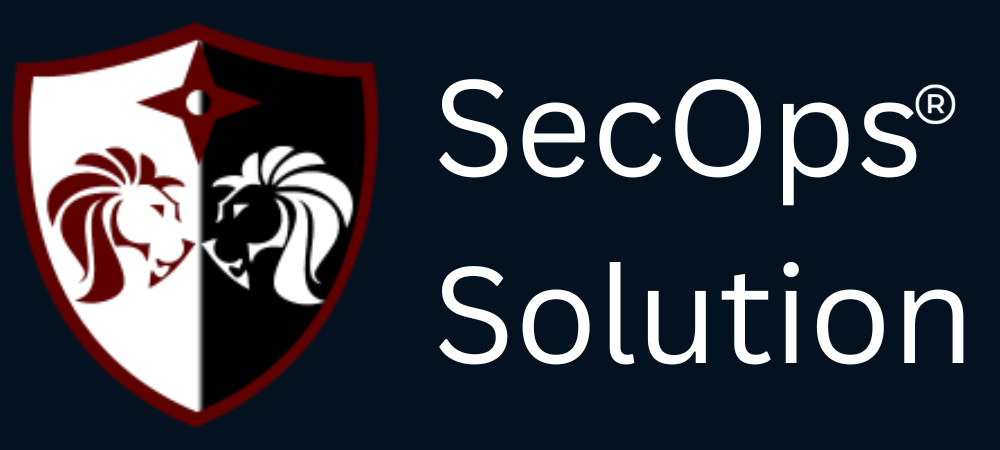
Agentless security for your infrastructure and applications - to build faster, more securely and in a fraction of the operational cost of other solutions

hello@secopsolution.com

In the face of rising cyber threats and increasing digital adoption, Indonesia has implemented robust regulations to strengthen the cybersecurity posture of organizations, particularly in the financial and public sectors. Two critical regulatory frameworks—Regulation No. 20/2016 issued by the Ministry of Communication and Informatics (Kominfo) and OJK’s (Financial Services Authority) IT Governance Guidelines—mandate specific security controls, including rigorous patch and vulnerability management practices.
With a growing digital economy and expanding online services, Indonesia has become an attractive target for cybercriminals. Data breaches, ransomware attacks, and phishing campaigns are not just IT problems—they pose significant financial, legal, and reputational risks. That’s why the Indonesian government introduced Regulation No. 20/2016 to ensure that Electronic System Operators (ESOs) implement sound data protection and cybersecurity practices. Additionally, OJK’s IT Governance Guidelines provide a cybersecurity roadmap specifically for financial institutions.
Issued by Kominfo, Regulation No. 20/2016 covers the protection of personal data in electronic systems. It requires organizations to:
Patch management is highlighted as a key practice for securing systems from known vulnerabilities, which can otherwise become easy entry points for attackers.
OJK (Otoritas Jasa Keuangan), the regulatory body overseeing Indonesia's financial sector, outlines IT risk management expectations that align closely with international standards like ISO 27001 and COBIT. These guidelines emphasize:
Banks, insurance providers, and other financial entities must show that they can detect and remediate vulnerabilities quickly to avoid regulatory penalties and preserve consumer trust.
To meet the requirements of both Kominfo’s Regulation No. 20/2016 and OJK’s cybersecurity framework, organizations need to adopt a patch-centric security approach. This includes:
Identify missing patches, configuration flaws, and outdated systems regularly across your IT infrastructure.
Use risk-based prioritization to focus on vulnerabilities that could have the most impact on critical assets.
Maintain detailed logs and compliance-ready reports showing patch status, remediation actions, and timelines.
Schedule updates during low-traffic hours and test them in sandbox environments to reduce disruptions.
SecOps Solution offers an end-to-end patch and vulnerability management platform tailored for compliance-driven organizations in Indonesia. Here's how it supports Regulation No. 20/2016 and OJK mandates:
No need to install agents on every device. SecOps scans networks securely and applies patches without interfering with system performance.
Track patch statuses, pending updates, and compliance levels from a centralized dashboard—perfect for audit reviews.
Deploy OS and third-party patches across your IT assets with minimal manual effort, reducing human error and response time.
Generate reports aligned with Indonesian cybersecurity regulations, helping you prove compliance during audits.
Stay ahead of emerging threats with continuous vulnerability scanning and remediation workflows.
As Indonesia tightens its regulatory grip on data protection and cybersecurity, organizations must evolve their strategies beyond basic firewalls and antivirus. A patch-centric compliance approach is not just necessary to align with Regulation No. 20/2016 and OJK’s IT Governance Guidelines, but also essential for business resilience in an increasingly hostile cyber landscape.
By leveraging smart, automated tools like SecOps Solution, organizations can simplify their patch management lifecycle, reduce vulnerabilities, and meet compliance obligations—without overwhelming their IT teams.
SecOps Solution is a Full-stack Patch and Vulnerability Management Platform that helps organizations identify, prioritize, and remediate security vulnerabilities and misconfigurations in seconds.
To learn more, get in touch.